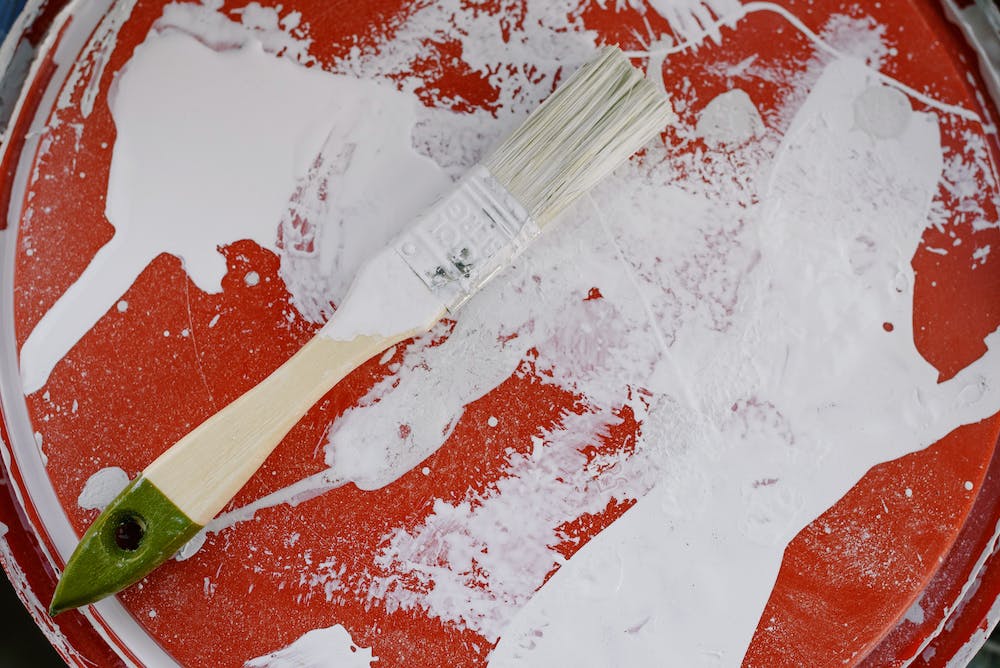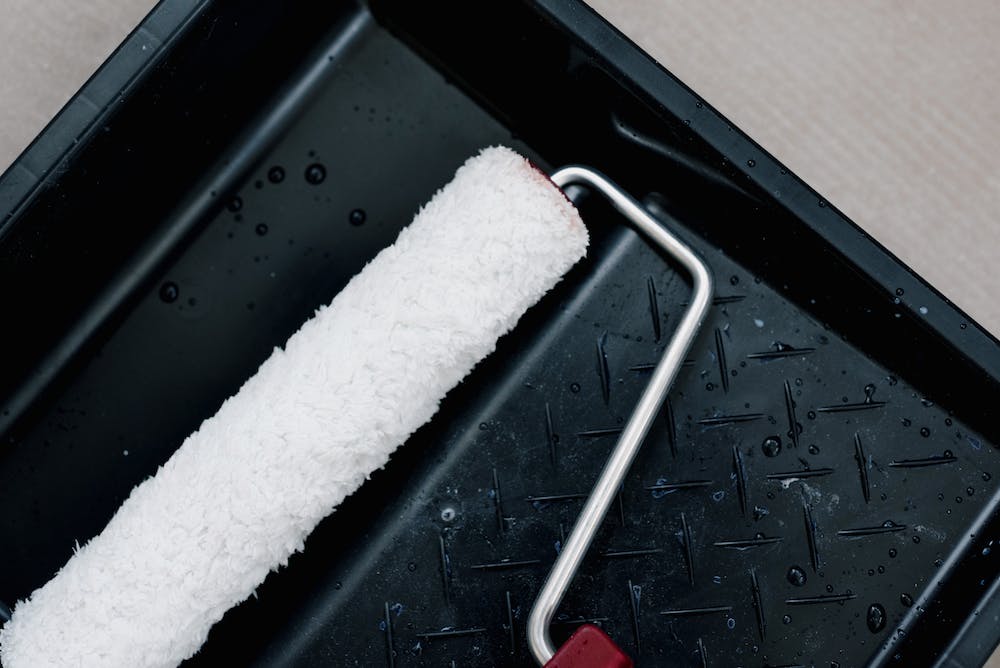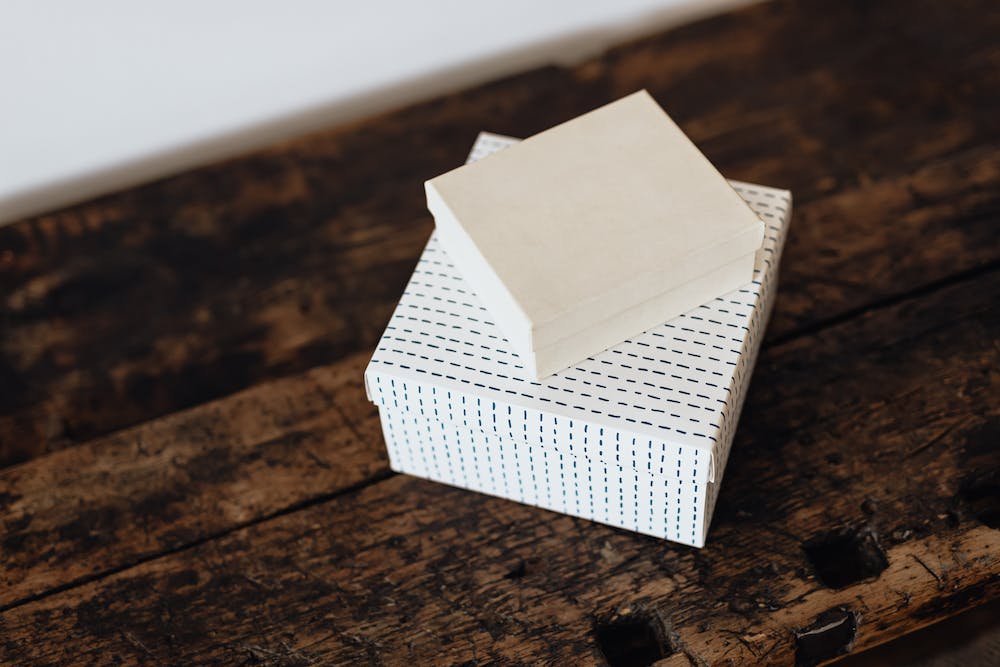If you live in an older house, you might be wondering how to keep your home safe from lead paint. Lead paint is a type of paint that contains lead, a toxic metal that can cause serious health problems, especially for children and pregnant women. Lead paint was widely used in homes built before 1978, when it was banned in the US. However, some homes may still have lead paint on the walls, windows, doors, or other surfaces.
 Lead paint can chip, peel, or flake off over time, creating dust or debris that can be inhaled or ingested by people or pets. Exposure to lead paint can cause symptoms such as headaches, stomachaches, irritability, fatigue, learning difficulties, and behavioral problems. In severe cases, lead poisoning can damage the brain, kidneys, and nervous system.
Lead paint can chip, peel, or flake off over time, creating dust or debris that can be inhaled or ingested by people or pets. Exposure to lead paint can cause symptoms such as headaches, stomachaches, irritability, fatigue, learning difficulties, and behavioral problems. In severe cases, lead poisoning can damage the brain, kidneys, and nervous system.
 The good news is that there are some steps you can take to keep your home safe from lead paint and protect your family‘s health. Here are some tips to follow:
The good news is that there are some steps you can take to keep your home safe from lead paint and protect your family‘s health. Here are some tips to follow:
 – Test your home for lead paint. You can hire a certified professional to inspect your home for lead paint or use a home test kit that you can buy at a hardware store. If you find lead paint in your home, do not try to remove it yourself. Contact a licensed contractor who specializes in lead abatement to safely remove or seal the lead paint.
– Test your home for lead paint. You can hire a certified professional to inspect your home for lead paint or use a home test kit that you can buy at a hardware store. If you find lead paint in your home, do not try to remove it yourself. Contact a licensed contractor who specializes in lead abatement to safely remove or seal the lead paint.
– Keep your home clean and dust-free. Regularly wipe down surfaces with a damp cloth or mop and use a HEPA vacuum to clean floors and carpets. Dispose of the cleaning materials in a sealed plastic bag. Wash your hands and your children’s hands often, especially before eating or sleeping. Avoid using abrasive cleaners or products that can damage the paint and create more dust.
– Prevent children from chewing on painted surfaces. If you have young children who like to put things in their mouth, make sure they do not have access to painted surfaces that may contain lead. Use child-proof locks or barriers to keep them away from windowsills, door frames, railings, or other areas where lead paint may be present. Provide them with safe toys and activities to keep them occupied.
– Repair any peeling or chipping paint. If you notice any signs of deterioration of the paint in your home, do not ignore them. Contact a lead abatement contractor to fix the problem as soon as possible. Do not sand, scrape, or burn the paint yourself as this can release more lead into the air.
– Renovate safely. If you plan to remodel or renovate your home, make sure you hire a contractor who is certified in lead-safe work practices. They will know how to minimize the dust and debris that can be generated during the project and how to clean up properly afterwards. Inform them of any areas where you suspect there is lead paint and follow their instructions carefully.

